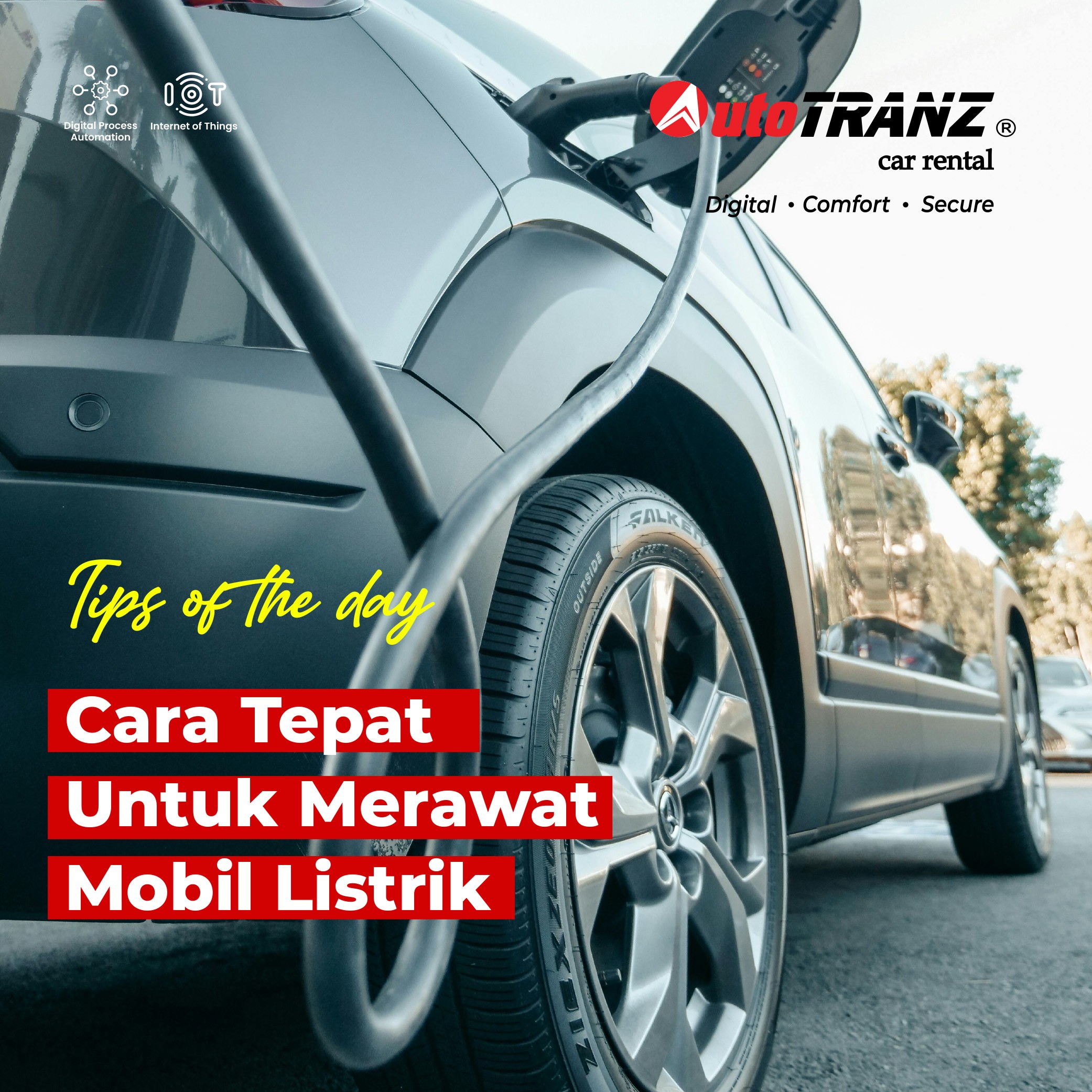Tips for Cleaning and Shining Wheels
Tire polish is the best-selling product sold by shops selling car cleaning formulas than other products. Why is that, of course, difficult to guess? Most likely the cause is that many car owners have difficulty restoring the original color of the tires. They took a shortcut by shining tires. This action is undoubtedly legal as long as it is carried out with the correct method.
Although polishing tires looks simple, this must be done properly so that the tires are not just black when viewed from a distance. Dirt on tires generally in oil, asphalt, grease, soil, and sand cannot be removed if only polished. On the other hand, polishing without cleaning can make the dirt stick to the tires even more.
Washing Wheels
Many car owners wash the ban with soap. When prohibited, it is usually accompanied by washing the wheels. This is the right move if you're using less restrictive restrictions. If you use detergent, you are wrong. The use of detergents, especially those containing bleach, can damage rubber tires. Even if the liquid is allowed to dry on its own on the surface of the aluminum rim it can damage the guard.
The best method of washing the ban is to use soap and its features with a slightly coarse admin brush (plastic tie). Also, prepare a toothbrush to scrub the tire grooves and the part of the tire that is in contact with the lip of the rim. The best step is, of course, if the tire is detached because the washing process can be carried out more freely and can reach the inside of the wheel. In addition, dirt on the wheel bolt holes can also be cleaned at once. You can also see the condition and clean under the fenders or suspension parts.
In washing tires, you also have to pay attention to the drying process. Do not allow water and soap residue to dry on their own, both on the rubber surface of the tires and on the wheels. Try to do your drying process. Use a chamois to wash off any excess water between the tires and between the wheels. Next, use a towel to complain about it.
Tire polish
Some car owners often shine tires without complaining about the problem of cracks experienced in the tires. At that time the owner suspected the cause was the car was rarely used to run. Of course, this is not true. The tires are likely caused by an error in using the tire spring product.
To note, the formula for exterior dressings (such as tire polish) based on silicone, has excellent penetration power. Unfortunately, in the level and use that is too frequent, this formulation even threatens the rubber ban. Silicone can open the pores of the rubber and the next polishing will seep into it.
As a result, at a certain time, the tire rubber will dry out. When there is a process of deflating or inflating tires, cracks occur. Therefore, be careful in choosing a tire protection formula. Better to consult a professional car cleaner or those who have used it before.
Apart from that, polishing tires also requires technique. You can't just believe in the "easy-to-use" promotional language campaigned by tire polish products. Spraying and then leveling is the keyword for tire polishing. How to do it? This is where a lot of people go wrong.
The best tire polish is to spray one or two points on the top of the tire first. Do not spray too much polish because it can cause the polish to settle between the tire wall and the rim of the rim.
Immediately smooth the polish with a sponge or cotton cloth. Do this process until evenly distributed over the entire tire wall and (if necessary) the tire tread.
After that, do more detailed smoothing until the polish fluid also moistens the tire grooves. The technique for doing this is scrubbing with a shoe polish brush.
Tires that are in very bad condition (no shine is done) can be applied with more polish and left for five to six hours. After drying, wash thoroughly using soap with a pH close to normal. Make sure the remaining dirt on the entire surface of the tire disappears. After that, do the re-shiny as mentioned above.
Shine Rims
Similar to tires, the dirt that sticks to the wheels is generally in the form of asphalt, grease, brake fluid, and brake pad powder. Because it is not as highly porous as rubber, cleaning rubber, and cleaning wheels is easier. Especially now that many wheel cleaning products contain chemical liquids consisting of hydrofluoric and phosphoric acid. This formulation is very effective in repelling these types of dirt and is suitable for use on chrome-plated wheels.
Before starting the cleaning process, make sure the temperature of the wheels has dropped (cold). If not, you can speed up the cooling by spraying water. The polishing process is only effective if the wheels have been previously washed. Like tire polishing, the wheel polishing method also requires its own technique.
Remember, wheel polishing fluid is very sharp. Left too long on the surface of the wheels can result in damage. Therefore, the right time to wash it immediately is thirty seconds to two minutes after polishing. The best way to use a wheel polish formula is to pour it on a cotton cloth and then polish it. In this way, the possibility of the tire being exposed to the liquid is smaller. No less important, you must also immediately clean the liquid, especially on the tire valves, bolts, and the corners of the wheel bars. Getting rid of stubborn dirt can be done by rubbing it with a toothbrush.
Although polishing tires looks simple, this must be done properly so that the tires are not just black when viewed from a distance. Dirt on tires generally in oil, asphalt, grease, soil, and sand cannot be removed if only polished. On the other hand, polishing without cleaning can make the dirt stick to the tires even more.
Washing Wheels
Many car owners wash the ban with soap. When prohibited, it is usually accompanied by washing the wheels. This is the right move if you're using less restrictive restrictions. If you use detergent, you are wrong. The use of detergents, especially those containing bleach, can damage rubber tires. Even if the liquid is allowed to dry on its own on the surface of the aluminum rim it can damage the guard.
The best method of washing the ban is to use soap and its features with a slightly coarse admin brush (plastic tie). Also, prepare a toothbrush to scrub the tire grooves and the part of the tire that is in contact with the lip of the rim. The best step is, of course, if the tire is detached because the washing process can be carried out more freely and can reach the inside of the wheel. In addition, dirt on the wheel bolt holes can also be cleaned at once. You can also see the condition and clean under the fenders or suspension parts.
In washing tires, you also have to pay attention to the drying process. Do not allow water and soap residue to dry on their own, both on the rubber surface of the tires and on the wheels. Try to do your drying process. Use a chamois to wash off any excess water between the tires and between the wheels. Next, use a towel to complain about it.
Tire polish
Some car owners often shine tires without complaining about the problem of cracks experienced in the tires. At that time the owner suspected the cause was the car was rarely used to run. Of course, this is not true. The tires are likely caused by an error in using the tire spring product.
To note, the formula for exterior dressings (such as tire polish) based on silicone, has excellent penetration power. Unfortunately, in the level and use that is too frequent, this formulation even threatens the rubber ban. Silicone can open the pores of the rubber and the next polishing will seep into it.
As a result, at a certain time, the tire rubber will dry out. When there is a process of deflating or inflating tires, cracks occur. Therefore, be careful in choosing a tire protection formula. Better to consult a professional car cleaner or those who have used it before.
Apart from that, polishing tires also requires technique. You can't just believe in the "easy-to-use" promotional language campaigned by tire polish products. Spraying and then leveling is the keyword for tire polishing. How to do it? This is where a lot of people go wrong.
The best tire polish is to spray one or two points on the top of the tire first. Do not spray too much polish because it can cause the polish to settle between the tire wall and the rim of the rim.
Immediately smooth the polish with a sponge or cotton cloth. Do this process until evenly distributed over the entire tire wall and (if necessary) the tire tread.
After that, do more detailed smoothing until the polish fluid also moistens the tire grooves. The technique for doing this is scrubbing with a shoe polish brush.
Tires that are in very bad condition (no shine is done) can be applied with more polish and left for five to six hours. After drying, wash thoroughly using soap with a pH close to normal. Make sure the remaining dirt on the entire surface of the tire disappears. After that, do the re-shiny as mentioned above.
Shine Rims
Similar to tires, the dirt that sticks to the wheels is generally in the form of asphalt, grease, brake fluid, and brake pad powder. Because it is not as highly porous as rubber, cleaning rubber, and cleaning wheels is easier. Especially now that many wheel cleaning products contain chemical liquids consisting of hydrofluoric and phosphoric acid. This formulation is very effective in repelling these types of dirt and is suitable for use on chrome-plated wheels.
Before starting the cleaning process, make sure the temperature of the wheels has dropped (cold). If not, you can speed up the cooling by spraying water. The polishing process is only effective if the wheels have been previously washed. Like tire polishing, the wheel polishing method also requires its own technique.
Remember, wheel polishing fluid is very sharp. Left too long on the surface of the wheels can result in damage. Therefore, the right time to wash it immediately is thirty seconds to two minutes after polishing. The best way to use a wheel polish formula is to pour it on a cotton cloth and then polish it. In this way, the possibility of the tire being exposed to the liquid is smaller. No less important, you must also immediately clean the liquid, especially on the tire valves, bolts, and the corners of the wheel bars. Getting rid of stubborn dirt can be done by rubbing it with a toothbrush.



